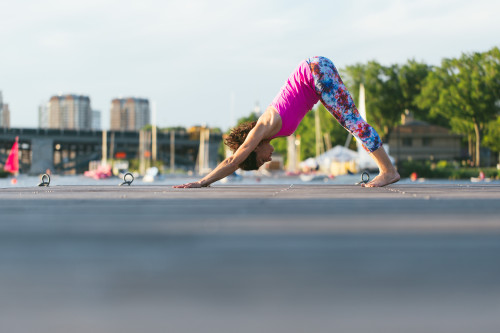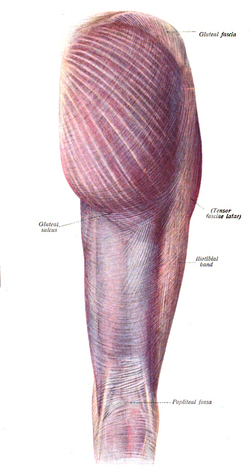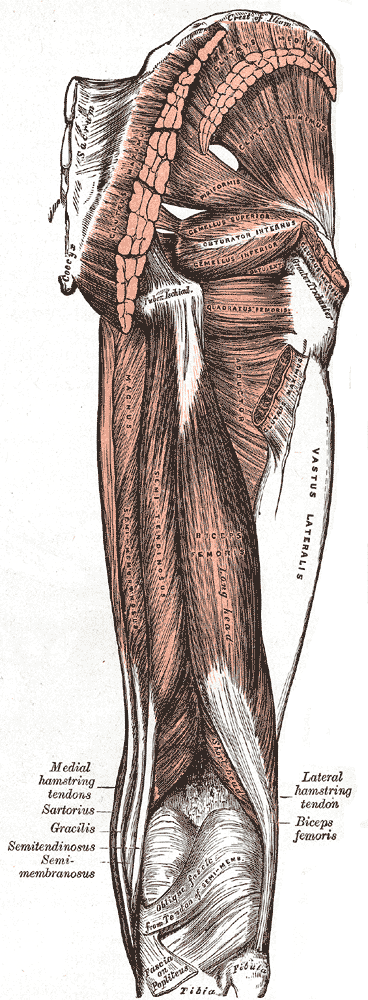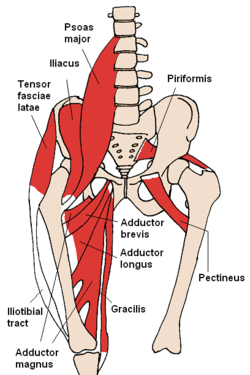
I watched the women’s USA team win the World Cup, like millions of others did yesterday. As I watched them run around the field, I was mesmerized not only by their speed by their flexibility and strength. In order to run fast, you need power. In order to keep from falling down when you cut right and left quickly, you need stability. In order to sustain yourself over time, you need strength and to keep overall balance in the body, you need flexibility. I don’t know if the team practices yoga but I do know that yoga can provide all of those qualities in a safe, smart way.
Let’s take a look at the muscles involved in the qualities above. For now, we’ll focus primarily on the muscles of the lower body, although it’s clear that strength in the upper body is necessary also in order to move forward (High to Low Push Up, anyone?) But for now, let’s focus on the lower body:
Power Muscles:
Gluteus Maximus: The biggest muscle of the “Glute Group,” this large hip muscle is responsible for hip extension and external rotation. Hip extension is found in a pose like Wheel but it also happens as we run and “push off” and move forward. As you draw the thigh IN, you flex the hip but as you push OFF, you extend it. The gluteus maximus is the powerful hip muscle that supports this action. For now, we’ll focus on that function only, without going into it’s secondary job of external rotation of the hip. The muscle has a very broad origin as you can see below. It starts on the ilium, the sacrum, and the side of the tailbone and ends on the iliotibial band of the fascia lata. Here’s a picture of the muscle:

Hamstrings: The hamstrings are a group of 3 muscles, the semimembranosus, semitendinosus, and biceps femoris (which has two heads, long and short and only the long crosses the knee). The hamstrings work together to bend the knee AND extend the hip. They start on the sitting bones and end on the lower leg bones (tibia and fibula). Â Because they extend the hip and flex the knee they’re a big, powerful group of muscles that helps us when we run. Here’s a picture:

Lateral Stabilizers:
So, now that we’ve looked at muscles that generate power to move us forward, as in running or playing soccer, what muscles keep us from falling on our sides as we cut quickly right to left? If you watched yesterday, these women were running so fast and at times, it seemed like they were leaning so far over to one side, it was as if they were water skiing. But they were on dry ground! It was amazing. This action is called lateral stabilization, which is basically a fancy way of saying they could lean WAY off to one side and their muscles (specifically the muscles on the sides of the hips) contracted to keep them from falling right over. Let’s look at two muscles that help us with lateral stabilization.
Gluteus Medius: Unlike it’s partner, the gluteus maximus, which extends the hip, the gluteus medius abducts the thigh or moves the leg out to the side. The other action it performs is helps to support the body on one leg, rather than letting the pelvis DROP to the opposite side. Think: if you stand on one leg, does your opposite hip drop? It might slightly but the gluteus medius’ job is to keep the pelvis fairly steady. The muscle starts on the outer surface of the ilium and inserts on the outside of the thigh bone. Here’s a picture to get you oriented:

Tensor Fasciae Latae:Â This muscle is another lateral stabilizer. It starts on the outer hip and converges with the iliotibial band and runs down the lateral side of the leg until it ends on the lateral condyle of the tibia. Here’s a picture:

Keep in mind, because it ends on the lateral tibia, sometimes as it gets tight, people will complain of knee pain when in fact, it’s their lateral stabilizer or IT band/TFL that is tight.
These muscles all are used for the power we need to move forward but also the stability we need to prevent falling on our sides when we move right to left. You can also think of these lateral stabilizers in speed skaters as well.
The best way to work them is to work the following actions:
Hip Extension
Hip Abduction
These actions can be found in poses like backbends (Upward Dog, Wheel, Bridge, Locust) and in all balancing poses because as you stand on one leg, you essentially are working the opposite legs lateral stabilizers.
There’s a lot to it but if you come to class this week, I’ll be using this as my theme all week. You can see it in action.
Hope to see you soon! Stay strong and congratulations to USA Women’s Soccer!
